Product Consultation
Your email address will not be published. Required fields are marked *
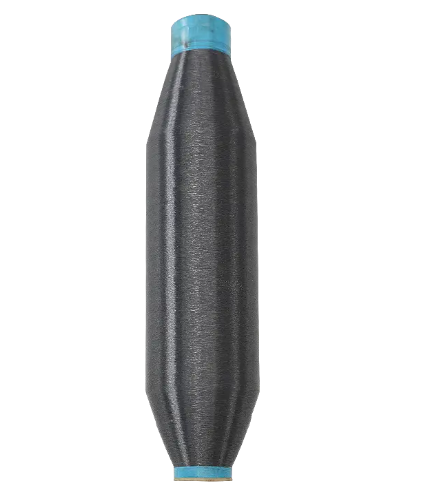
How to ensure the uniformity and strength stability of nylon multifilament yarn during the production process?
Oct 22,2025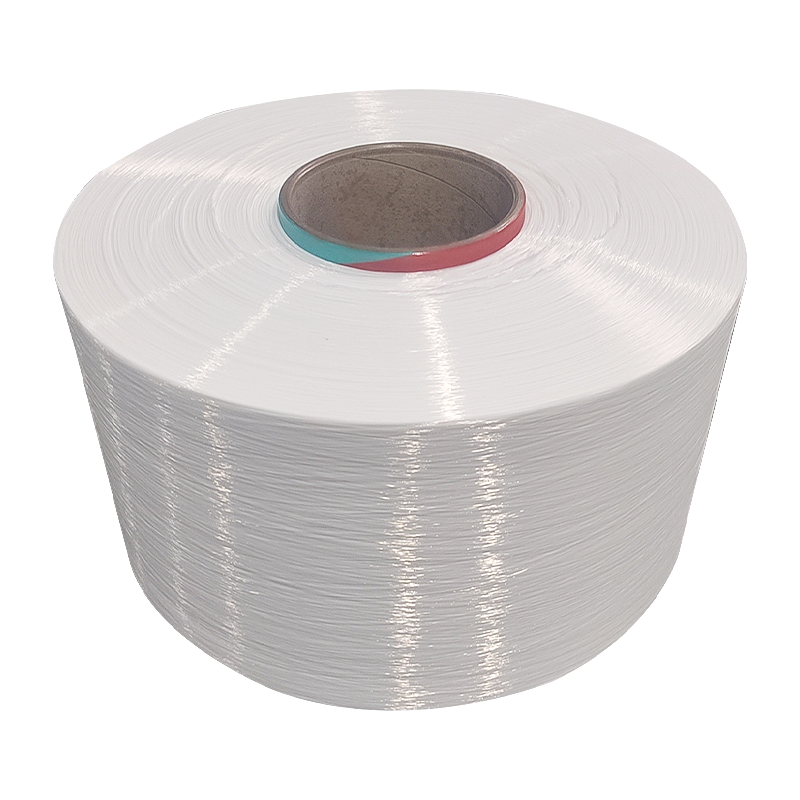
Is color difference control and batch stability guaranteed for nylon mother yarn?
Oct 15,2025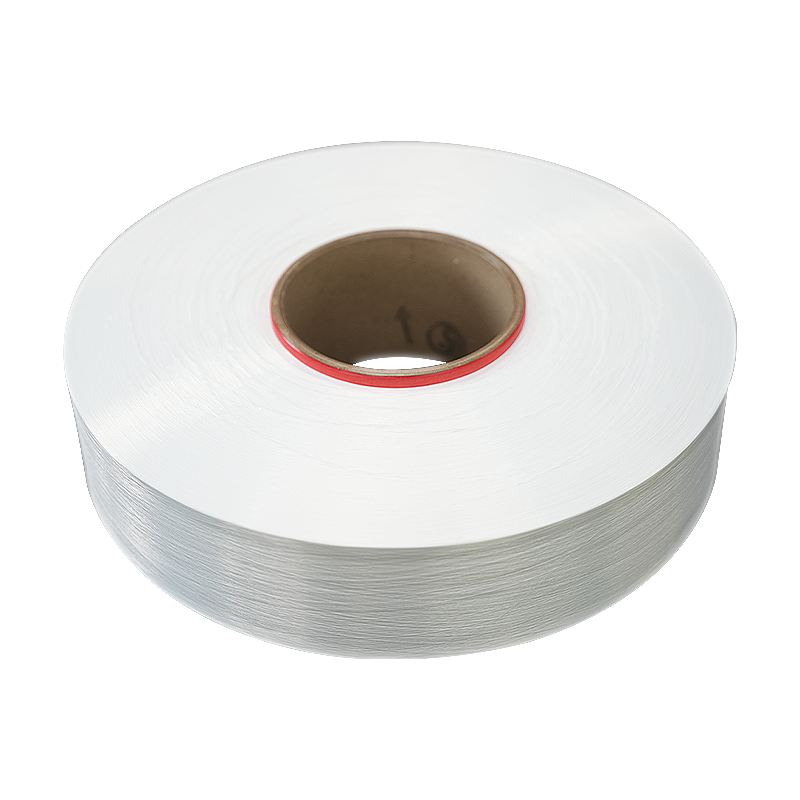
How does the production process of bi-component FDY yarn compare to that of single-component FDY?
Oct 09,2025Basic Overview of Nylon Monofilament Yarn
Nylon monofilament yarn is a single fiber filament product made of polyamide material, usually with a large diameter. A single fiber can be used directly or through weaving, winding and other processing to form various products. This type of yarn has a large number of amide bonds in its molecular structure, which gives the material higher toughness and wear resistance, and is widely used in textile, industrial and special use fields. Compared with traditional multi-strand yarn, nylon monofilament yarn has a tighter structure, smoother surface, better tensile properties and wear resistance, so it is widely used in occasions requiring stronger physical properties.
Strength characteristics of nylon monofilament yarn
The strength of nylon monofilament yarn mainly comes from the arrangement and crystallinity of its polymer chains. The molecular chains form a strong structural network through hydrogen bond interaction, so that they can withstand greater tension when subjected to force. The breaking strength of nylon fiber is usually higher than that of general natural fibers and some synthetic fibers, making it more stable under load-bearing and stretching conditions. In practical applications, this yarn is often used to make fishing nets, industrial filter cloths, safety protection fabrics and other products that require greater tensile properties. According to different specifications, the tensile strength of nylon monofilament yarn varies greatly, but the overall performance is strong load-bearing capacity, which can maintain a stable use state for a long time.
Wear resistance
Nylon monofilament yarn has a more outstanding performance in wear resistance. Its polymer chain is flexible and elastic. During the friction process, it can disperse stress through surface micro-deformation to reduce the risk of yarn breakage or wear. This characteristic makes nylon monofilament yarn suitable for high-friction environments, such as sports shoes, brushes, conveyor belts, and some industrial filters. Under long-term friction, it is difficult for its fiber surface to show obvious wear, which prolongs the service life of the product. The quality of wear resistance is closely related to factors such as yarn diameter, surface treatment, and application environment. Therefore, it is necessary to select it in combination with specific working conditions when designing and using it.
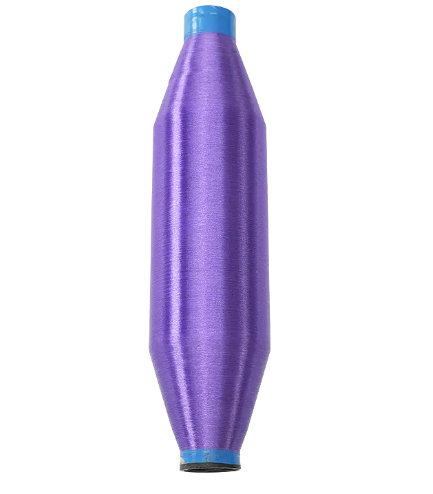
The combined effect of strength and wear resistance in application
The strength and wear resistance of nylon monofilament yarn are often complementary in practical applications. For example, in fisheries, fishing nets need both sufficient tensile strength to withstand the impact of fish schools and good wear resistance to resist the friction of impurities in the water. In the production of industrial filter cloth and brushes, the high strength of nylon monofilament yarn can ensure shape stability, while the wear resistance enables it to maintain its function during long-term work. This combination of dual properties makes nylon monofilament yarn widely used in products that require stable physical properties.
Factors affecting strength and wear resistance
The strength and wear resistance of nylon monofilament yarn are affected by many factors, including the degree of polymerization of the raw materials, fiber diameter, production process and post-treatment methods. Nylon fibers with higher polymerization degrees have longer molecular chains and stronger hydrogen bonds, which improves the overall strength of the yarn. The larger the fiber diameter, the better the load-bearing capacity and wear resistance are generally, but the flexibility may decrease. Production processes such as stretching and setting, surface smoothing, etc. will also change the friction properties and service life of the yarn. In addition, environmental factors such as humidity, temperature and chemical media will also affect the performance of nylon monofilament yarn.
Comparison of nylon monofilament yarn with other materials in performance
In terms of strength and wear resistance, nylon monofilament yarn is significantly different from other common fiber materials such as polyester and polypropylene. Nylon fiber usually has higher tensile strength than polypropylene and better wear resistance than polyester, so it has more advantages in situations where both toughness and durability are required. The following table lists the comparison of nylon monofilament yarn and several other materials in terms of relevant properties.
| Material Type | Tensile Strength (MPa) | Wear Resistance | Main Application Areas |
|---|---|---|---|
| Nylon Monofilament | 600–900 | Good | Fishing nets, industrial filters, brushes |
| Polyester Monofilament | 500–700 | Average | Textiles, clothing, ropes |
| Polypropylene Monofilament | 400–600 | Average | Packaging materials, ropes |
Applicable scenarios of nylon monofilament yarn of different specifications
Nylon monofilament yarn of different diameters and strength grades is suitable for different application scenarios. Finer monofilament yarn is mostly used for weaving products with high precision, such as high-precision filter screens or medical devices, while thicker monofilament yarn is often used for products with larger load-bearing capacity requirements, such as safety nets, industrial ropes, etc. By reasonably selecting specifications, the performance advantages of nylon monofilament yarn can be fully utilized to improve the performance of products in terms of strength and wear resistance.
Conclusion and Prospects
Nylon monofilament yarn has good performance in strength and wear resistance. Thanks to its unique molecular structure and processing technology, it can maintain stable physical properties in a variety of complex environments. This material is not only widely used in traditional textile and industrial fields, but also shows high practical value in emerging fields such as medical and sports goods. With the improvement of production technology, the performance of nylon monofilament yarn is expected to be further optimized, providing suitable solutions for more industries.
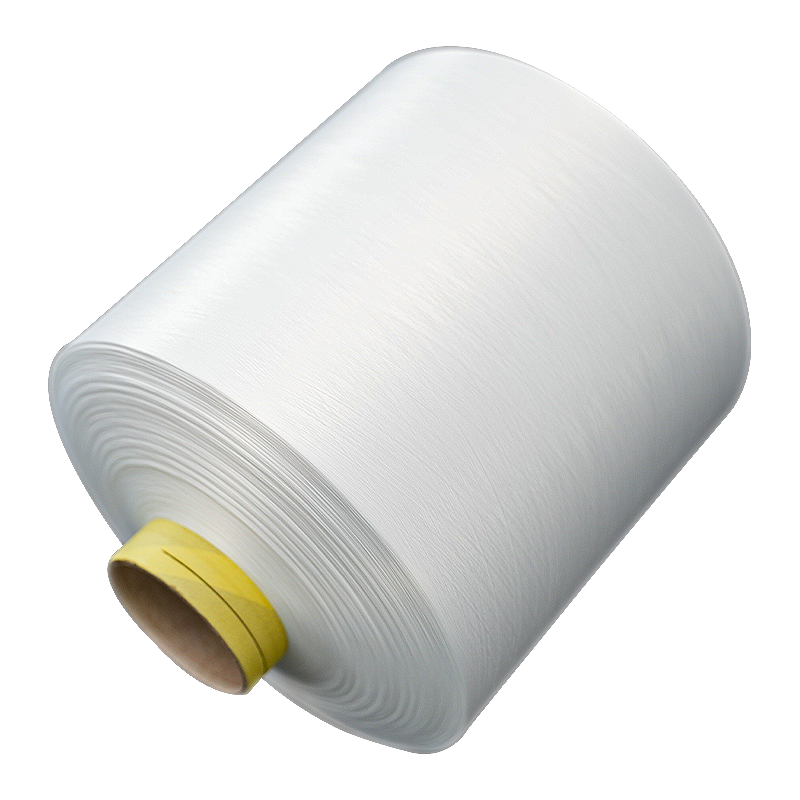
What is the difference between nylon elastic yarn and ordinary nylon yarn?
2025-07-16
In which industries and products is nylon monofilament yarn mainly used?
2025-08-03Your email address will not be published. Required fields are marked *
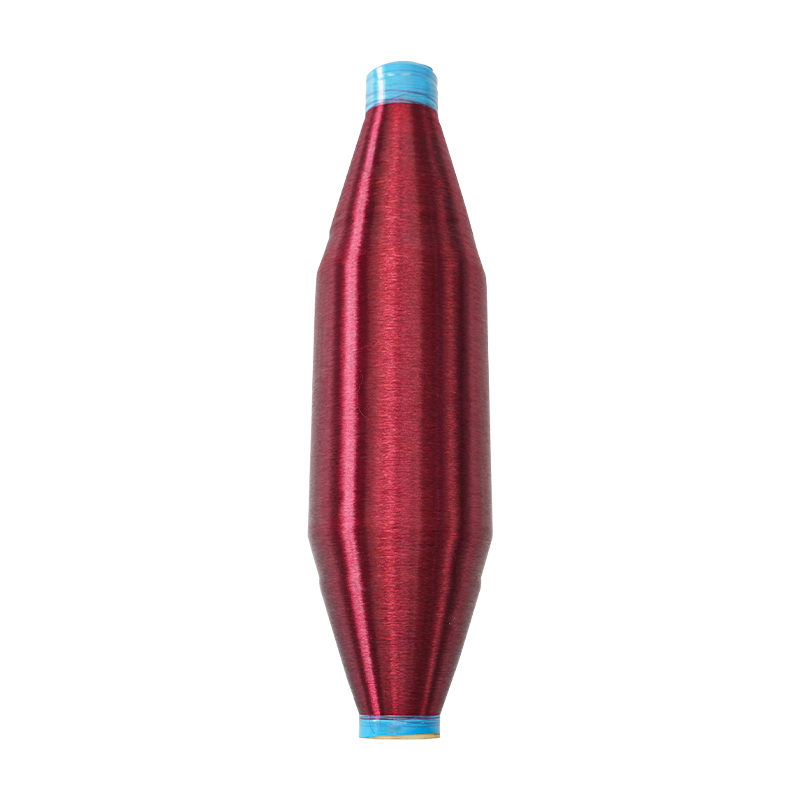
Biodegradable nylon yarn biodegrades faster in the environment than traditional synthetic fibers, helping to reduce negative environmental impacts. It also has the properties of nylon fiber, such as h...
See Details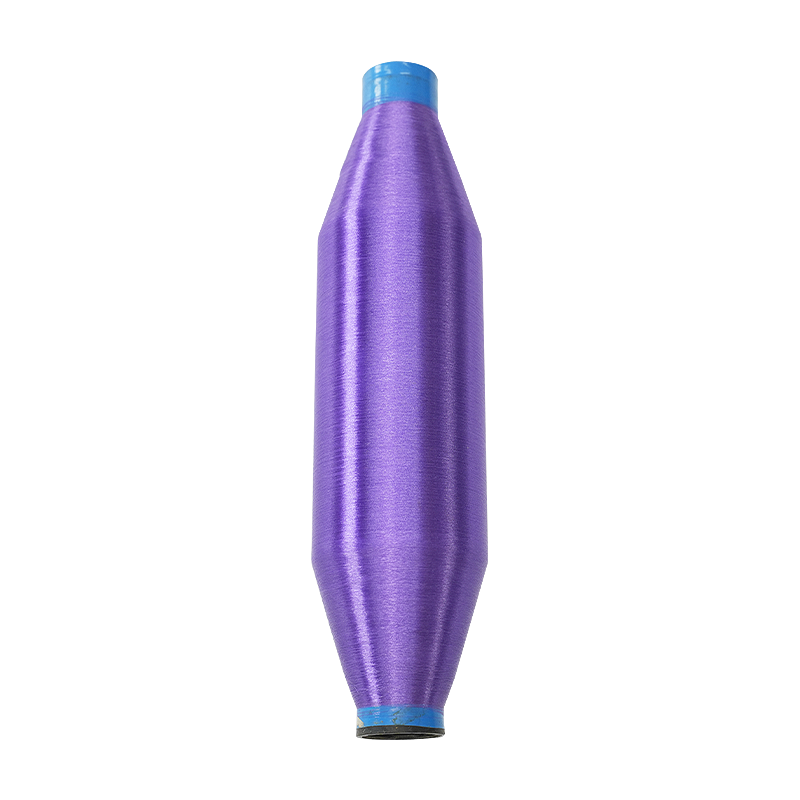
Single Strand Biodegradable Yarn is a single-strand structure, consisting of a single fiber bundle with no multiple strands tangled together. This structure makes the yarn softer, and smoother and exh...
See Details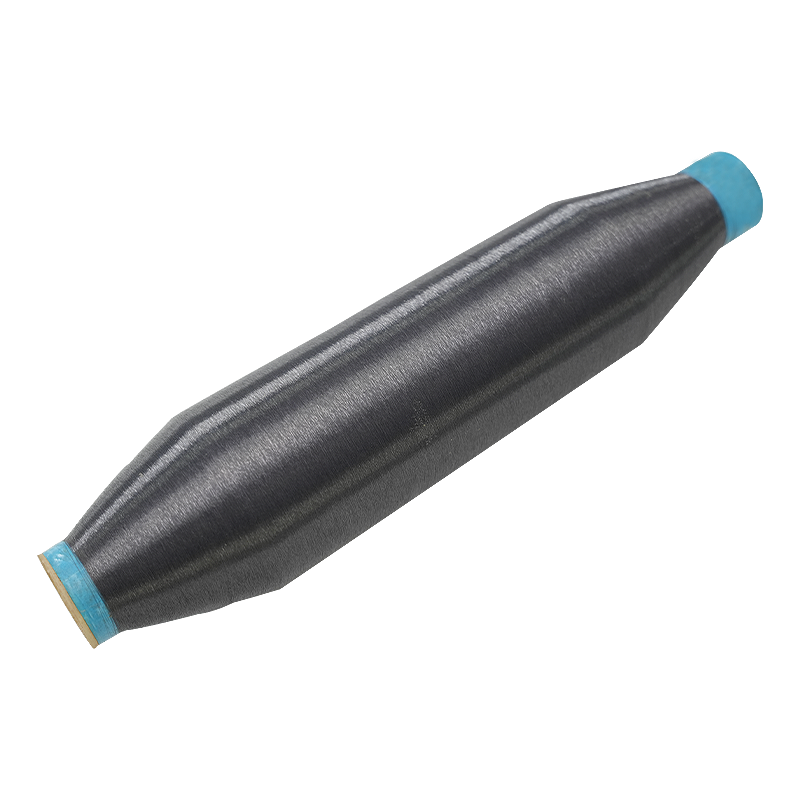
Elastic high-performance polyamide multifilament refers to a synthetic fiber made from polyamide polymer (commonly known as nylon). Resilient and high-performance properties make it suitable for a var...
See Details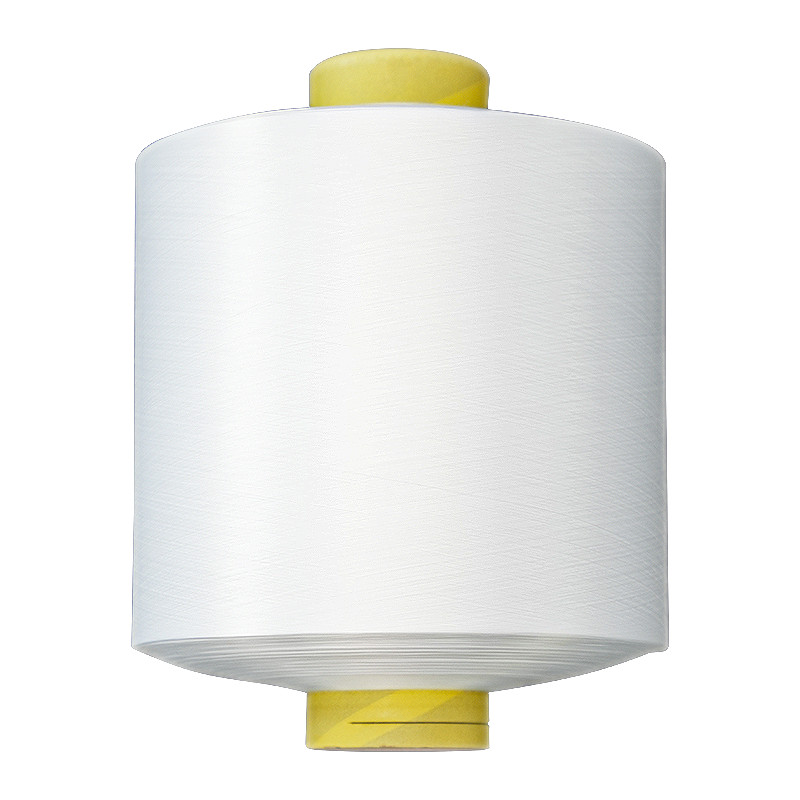
Nylon stretch sportswear yarn is a yarn used to make sportswear and other clothing that require high breathability. Nylon fiber has good breathability, which helps to wick away perspiration and keep t...
See Details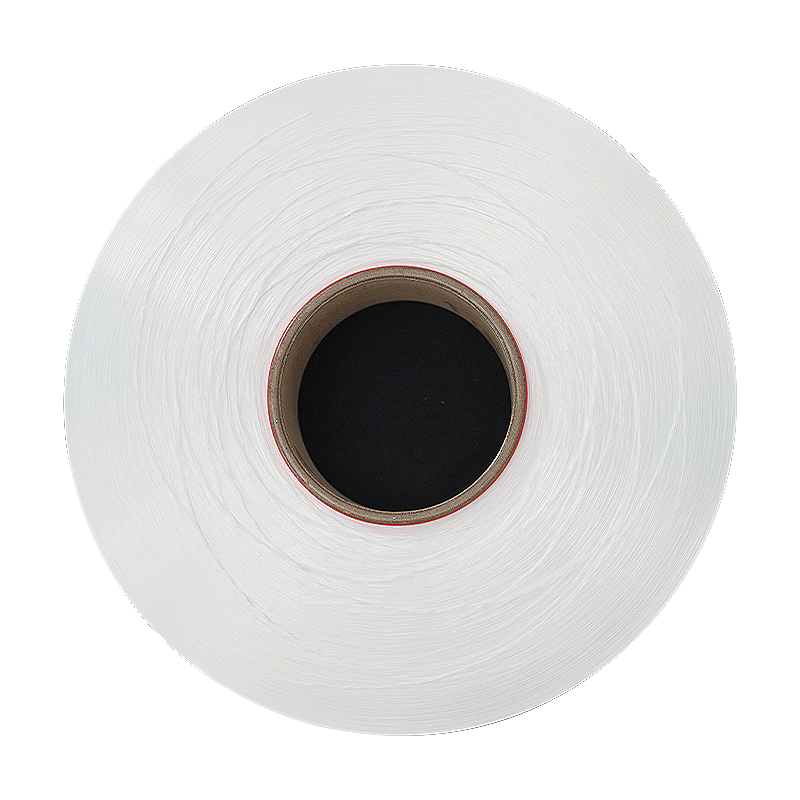
Durable composite nylon yarn has stretch and recovery properties, providing the necessary comfort, fit, and flexibility for clothing and textiles. Made of a blend of nylon fiber and polyester fiber, i...
See Details
Nylon composite yarn has high strength and toughness. Textiles made with Nylon composite yarn have good stretch resistance and tear resistance. This yarn has a wide range of applications and can be us...
See Details
High shrinkage blended polyester yarn has a high shrinkage rate and is suitable for textile manufacturing that requires shrinkage treatment, such as making pleated fabrics or textile shaping. Because ...
See Details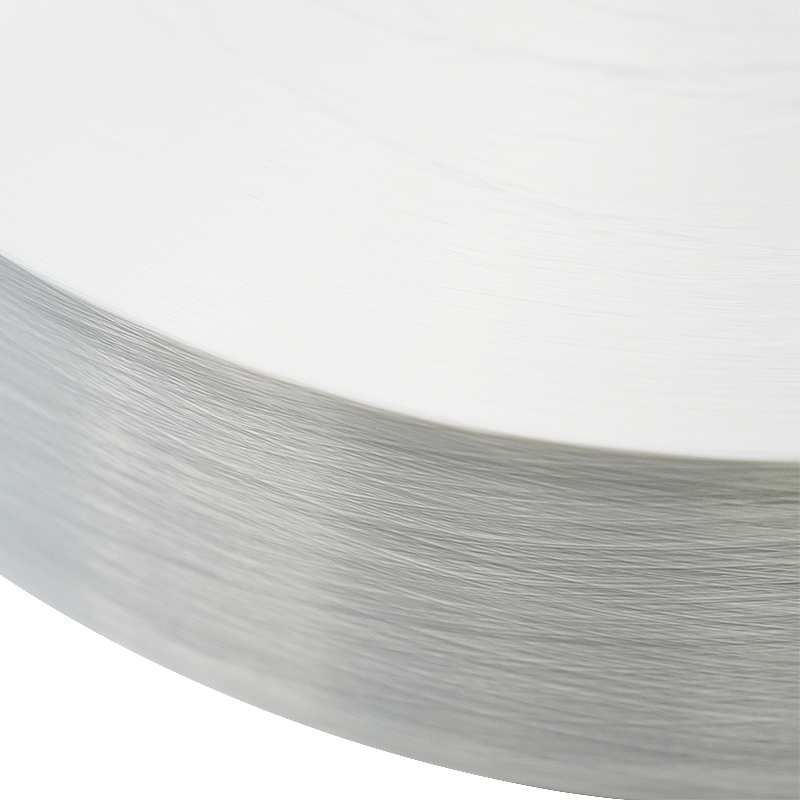
Water-repellent blended FDY yarn has good waterproof properties. This characteristic makes Water-repellent blended FDY yarn a greater advantage when making textiles with high waterproof requirements s...
See Details
Stretch durable FDY yarn has good elasticity and can return to its original shape after being stressed, giving the textile a comfortable wearing feel and good ductility. It can fit the contours of the...
See Details
Composite fiber yarn for textile use consists of 48 monofilaments. Relatively thin and composed of multiple filaments, it adds softness and texture to the fabric. This product is suitable for the manu...
See Details
Water-repellent high Filament spun yarn has strong water resistance, providing an extremely delicate touch while retaining strength. Suitable for a wide range of applications from intricate embroidery...
See Details
The fibers of 210D water-repellent yarn are relatively thick, making the yarn highly wear-resistant and durable, making it suitable for long-term use. Composite fiber enables yarn to have the advantag...
See DetailsAddress: Duntou industrial park, haian county, nantong city,jiangsu province ,China.
TEL: +86 15850491859
E-mail: sales-betty@hsnylon.com
If You Are Interested In Our Products, Please Consult Us